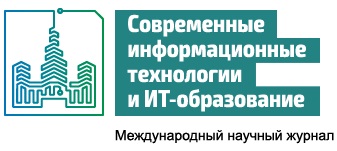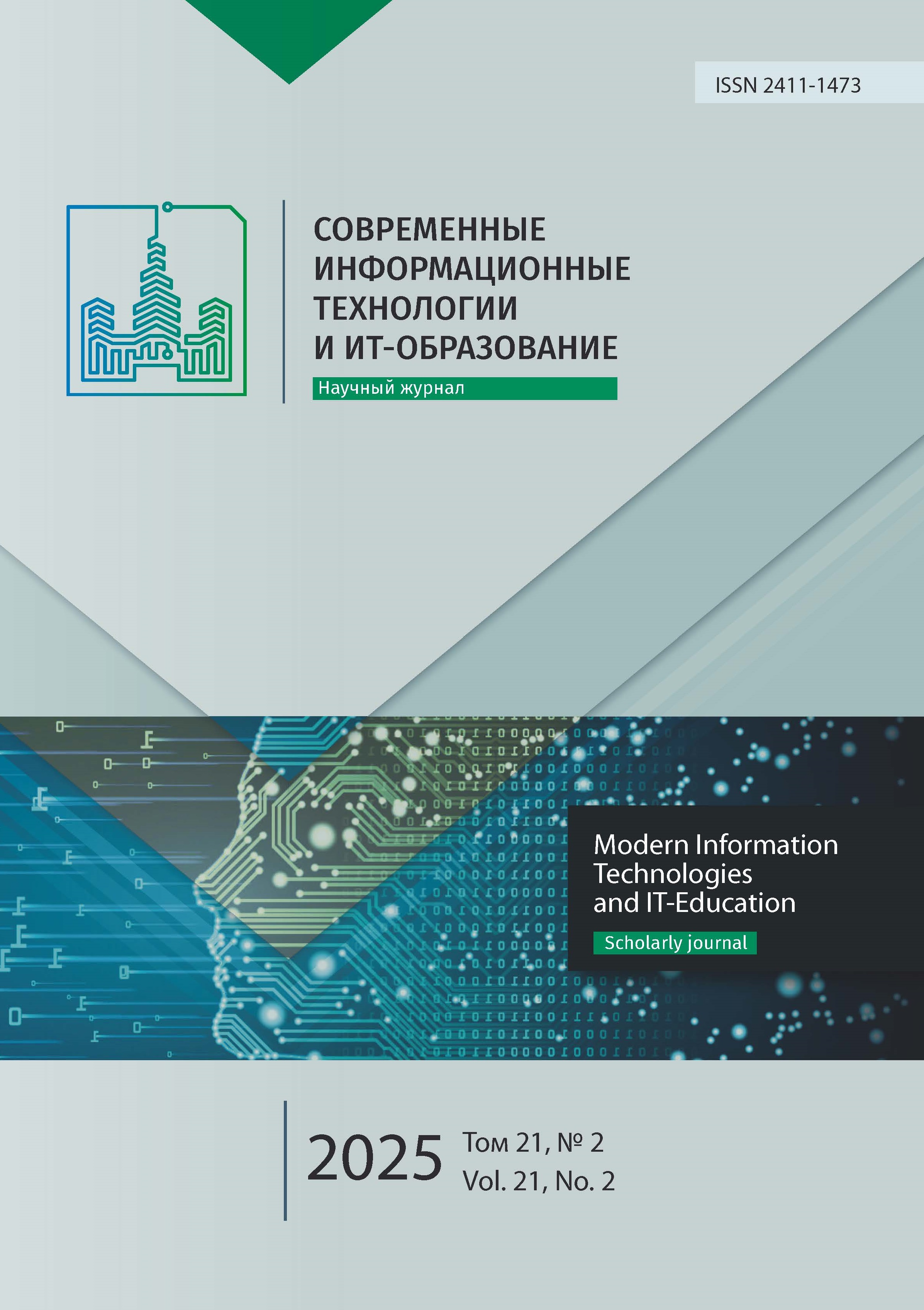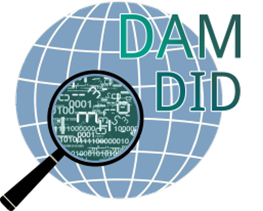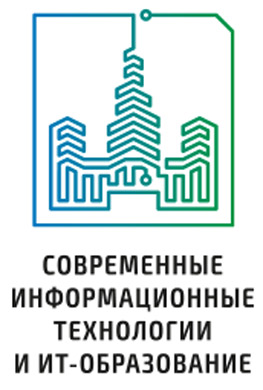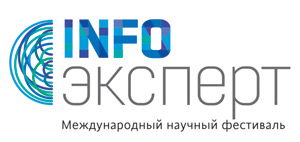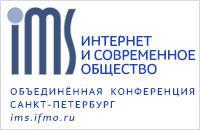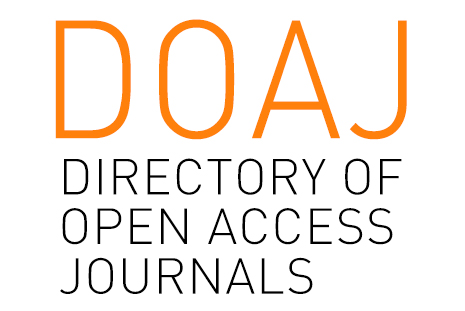Фронтенд цифрового репозитория публикаций на платформе DSpace
Аннотация
Данная статья посвящена изучению архитектуры Angular, используемой в качестве фронтенда для цифрового репозитория публикаций на платформе DSpace. Работа направлена на освещение ключевых принципов и особенностей построения современного фронтенда, который обеспечивает интуитивно понятный интерфейс и высокую производительность системы управления цифровыми объектами. Авторы подробно рассматривают модульную организацию приложения, компонентный подход, использование двунаправленного связывания данных и асинхронных операций, что, в совокупности, позволяет создавать динамичные, масштабируемые и устойчивые к нагрузкам веб-приложения. Значение изучения архитектуры фронтенда заключается в его способности адаптировать платформу DSpace к требованиям современной цифровой среды. Применение Angular, в качестве фронтенда, открывает разработчикам широкие возможности для внедрения дополнительных функциональных возможностей, таких как аналитика, адаптивный дизайн и автоматизация процессов. В результате, цифровой репозиторий превращается в эффективный инструмент для хранения, управления и распространения научных публикаций, способствуя увеличению доступности информации для исследователей и научного сообщества. Кроме того, статья предлагает детальное описание основных структурных элементов архитектуры фронтенда, что поможет разработчикам оптимизировать процессы разработки, тестирования и поддержки DSpace. Таким образом, изучение архитектуры Angular на примере DSpace, играет важную роль в создании современных цифровых систем, способствующих улучшению качества научного контента и обеспечению прозрачного доступа к информации в условиях цифровой трансформации образовательных и исследовательских учреждений. Внедрение таких фронтенд-решений также содействует улучшению взаимодействия между различными системами и повышению качества обслуживания конечных пользователей.

Это произведение доступно по лицензии Creative Commons «Attribution» («Атрибуция») 4.0 Всемирная.
Редакционная политика журнала основывается на традиционных этических принципах российской научной периодики и строится с учетом этических норм работы редакторов и издателей, закрепленных в Кодексе поведения и руководящих принципах наилучшей практики для редактора журнала (Code of Conduct and Best Practice Guidelines for Journal Editors) и Кодексе поведения для издателя журнала (Code of Conduct for Journal Publishers), разработанных Комитетом по публикационной этике - Committee on Publication Ethics (COPE). В процессе издательской деятельности редколлегия журнала руководствуется международными правилами охраны авторского права, нормами действующего законодательства РФ, международными издательскими стандартами и обязательной ссылке на первоисточник.
Журнал позволяет авторам сохранять авторское право без ограничений. Журнал позволяет авторам сохранить права на публикацию без ограничений.
Издательская политика в области авторского права и архивирования определяются «зеленым цветом» в базе данных SHERPA/RoMEO.
Все статьи распространяются на условиях лицензии Creative Commons «Attribution» («Атрибуция») 4.0 Всемирная, которая позволяет другим использовать, распространять, дополнять эту работу с обязательной ссылкой на оригинальную работу и публикацию в этом журналe.
